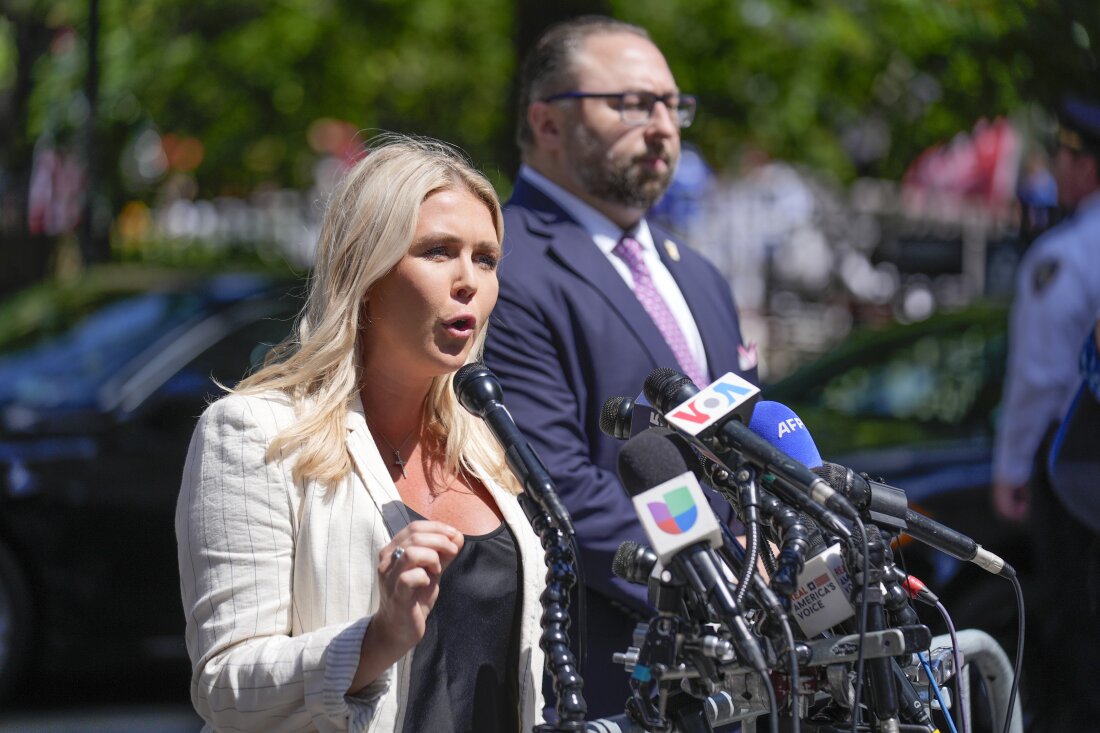Home / fashion / Sustainable Fashion in 2025: A Complete Guide to Building an Eco-Friendly Wardrobe
Sustainable Fashion in 2025: A Complete Guide to Building an Eco-Friendly Wardrobe
By: My India Times
4 minutes read 70Updated At: 2025-01-31
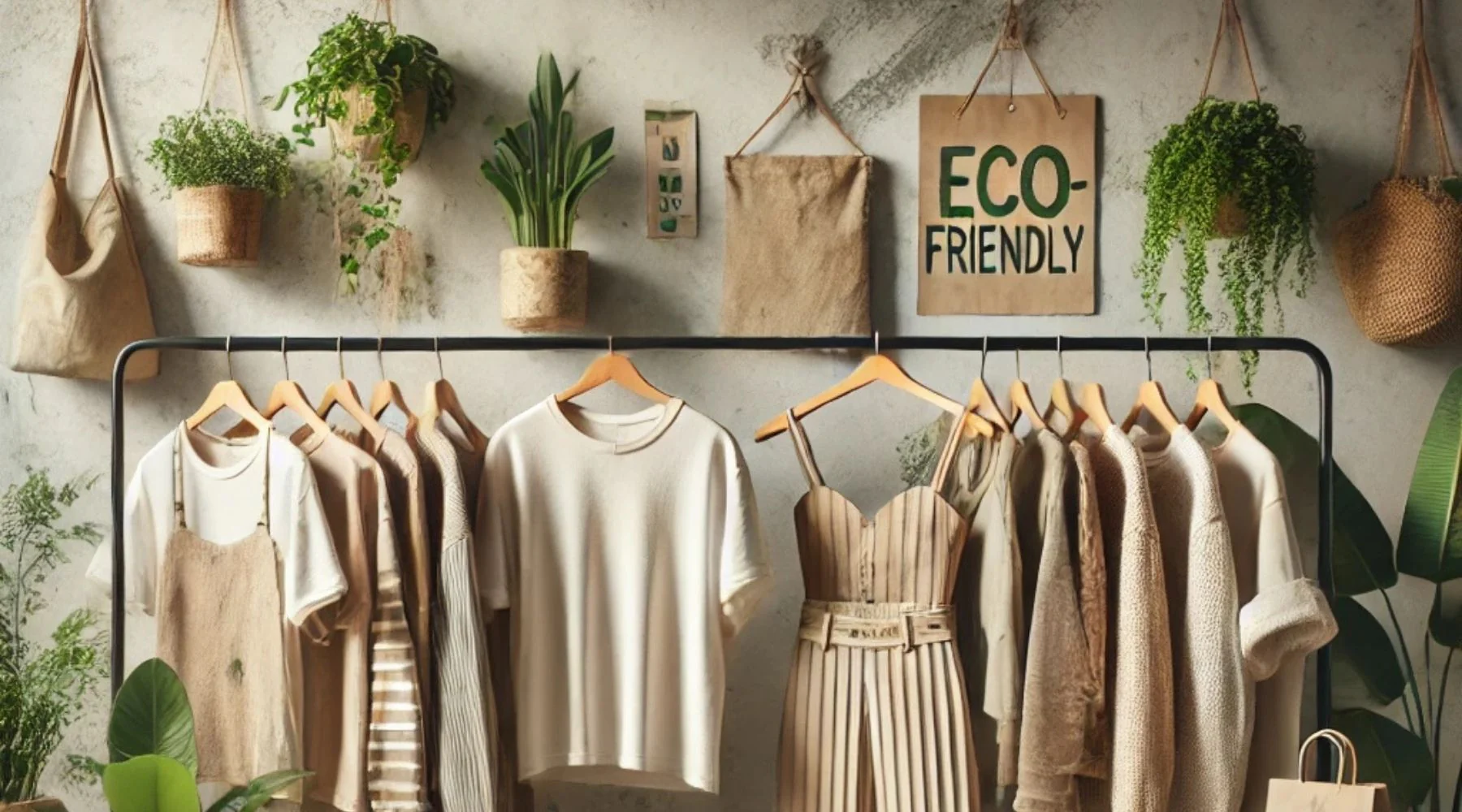
The fashion industry is evolving, and sustainability is no longer just a buzzword—it’s a necessity. In 2025, more people are recognizing the environmental impact of their clothing choices and shifting towards a more responsible approach to fashion.
A sustainable wardrobe is not about following every trend; it’s about making mindful decisions that benefit both the planet and your personal style. This guide will help you build a wardrobe that is ethical, long-lasting, and effortlessly stylish.
1. Understanding Sustainable Fashion
Before transforming your wardrobe, it’s important to understand what sustainable fashion truly means. It revolves around:
- Ethical Sourcing – Choosing materials that are organic, recycled, or biodegradable.
- Fair Labor Practices – Supporting brands that ensure fair wages and safe working conditions for their workers.
- Slow Fashion – Prioritizing quality over quantity to reduce textile waste and promote timeless style.
2. Declutter and Reuse What You Own
Sustainability starts with making the most of what you already have. Instead of constantly buying new clothes, take a step back and assess your wardrobe.
- Sort through your clothing and keep only the pieces you wear regularly.
- Repurpose old outfits by altering, dyeing, or transforming them into new styles.
- Donate or sell unwanted clothes on second-hand platforms like ThredUp, Depop, or Poshmark.
- Repair instead of replacing – a simple stitch or button replacement can give new life to your clothes.
By embracing these habits, you reduce waste and extend the life of your garments.
3. Invest in High-Quality Basics
Instead of chasing fast fashion trends, focus on timeless, well-made pieces that will last for years. A few high-quality staples can form the foundation of a versatile and stylish wardrobe.
- Classic pieces like a crisp white shirt, well-fitted denim, and neutral-toned tops never go out of style.
- Choose materials like organic cotton, hemp, bamboo, and Tencel, which are better for the environment.
- Look for durability and craftsmanship—investing in fewer, better pieces saves money in the long run.
A minimalist, well-curated wardrobe not only makes dressing easier but also reduces unnecessary consumption.
4. Shop from Sustainable and Ethical Brands
The demand for ethical fashion is growing, and many brands are prioritizing sustainability. When shopping, choose companies that value ethical production, fair wages, and eco-friendly materials. Some noteworthy brands include:
- Eileen Fisher – Known for organic materials and sustainable textile recycling.
- Pact – Offers affordable, organic cotton basics.
- Stella McCartney – A pioneer in luxury sustainable fashion.
- Patagonia – Committed to environmental responsibility and durable clothing.
For an even more sustainable approach, consider shopping at thrift stores or vintage shops, which promote a circular fashion economy.
5. Adopt Sustainable Fashion Habits
Small lifestyle changes can have a significant impact on your wardrobe’s sustainability.
- Wash clothes in cold water and air-dry them to save energy and extend fabric life.
- Limit impulse shopping by asking yourself if you truly need an item before buying it.
- Choose timeless styles instead of short-lived trends.
- Support local artisans who create handmade, sustainable fashion pieces.
By developing mindful shopping habits, you contribute to a more sustainable future while refining your personal style.
6. Rent Instead of Buying for Special Occasions
Many people buy expensive outfits for events only to wear them once. Instead of purchasing new clothing for every occasion, consider renting from fashion rental platforms.
- Renting allows you to wear designer pieces without contributing to textile waste.
- It is a budget-friendly alternative that ensures you always have something fresh to wear.
- Platforms like Rent the Runway, HURR Collective, and Le Tote offer stylish, sustainable options.
By renting instead of buying, you help reduce overproduction and support circular fashion.
Conclusion
Building a sustainable wardrobe in 2025 is all about making informed choices. By reusing what you have, investing in quality over quantity, and supporting ethical brands, you can create a wardrobe that is both stylish and environmentally responsible.
Sustainable fashion is not just a trend—it’s a lifestyle shift that benefits both people and the planet. Every small step counts, and your choices today will help shape a more sustainable fashion industry for the future.
Are you ready to embrace a more eco-friendly approach to fashion? Start today by making one small change in how you shop and care for your clothes.
....The fashion industry is evolving, and sustainability is no longer just a buzzword—it’s a necessity. In 2025, more people are recognizing the environmental impact of their clothing choices and shifting towards a more responsible approach to fashion.
A sustainable wardrobe is not about following every trend; it’s about making mindful decisions that benefit both the planet and your personal style. This guide will help you build a wardrobe that is ethical, long-lasting, and effortlessly stylish.
1. Understanding Sustainable Fashion
Before transforming your wardrobe, it’s important to understand what sustainable fashion truly means. It revolves around:
- Ethical Sourcing – Choosing materials that are organic, recycled, or biodegradable.
- Fair Labor Practices – Supporting brands that ensure fair wages and safe working conditions for their workers.
- Slow Fashion – Prioritizing quality over quantity to reduce textile waste and promote timeless style.
2. Declutter and Reuse What You Own
Sustainability starts with making the most of what you already have. Instead of constantly buying new clothes, take a step back and assess your wardrobe.
- Sort through your clothing and keep only the pieces you wear regularly.
- Repurpose old outfits by altering, dyeing, or transforming them into new styles.
- Donate or sell unwanted clothes on second-hand platforms like ThredUp, Depop, or Poshmark.
- Repair instead of replacing – a simple stitch or button replacement can give new life to your clothes.
By embracing these habits, you reduce waste and extend the life of your garments.
3. Invest in High-Quality Basics
Instead of chasing fast fashion trends, focus on timeless, well-made pieces that will last for years. A few high-quality staples can form the foundation of a versatile and stylish wardrobe.
- Classic pieces like a crisp white shirt, well-fitted denim, and neutral-toned tops never go out of style.
- Choose materials like organic cotton, hemp, bamboo, and Tencel, which are better for the environment.
- Look for durability and craftsmanship—investing in fewer, better pieces saves money in the long run.
A minimalist, well-curated wardrobe not only makes dressing easier but also reduces unnecessary consumption.
4. Shop from Sustainable and Ethical Brands
The demand for ethical fashion is growing, and many brands are prioritizing sustainability. When shopping, choose companies that value ethical production, fair wages, and eco-friendly materials. Some noteworthy brands include:
- Eileen Fisher – Known for organic materials and sustainable textile recycling.
- Pact – Offers affordable, organic cotton basics.
- Stella McCartney – A pioneer in luxury sustainable fashion.
- Patagonia – Committed to environmental responsibility and durable clothing.
For an even more sustainable approach, consider shopping at thrift stores or vintage shops, which promote a circular fashion economy.
5. Adopt Sustainable Fashion Habits
Small lifestyle changes can have a significant impact on your wardrobe’s sustainability.
- Wash clothes in cold water and air-dry them to save energy and extend fabric life.
- Limit impulse shopping by asking yourself if you truly need an item before buying it.
- Choose timeless styles instead of short-lived trends.
- Support local artisans who create handmade, sustainable fashion pieces.
By developing mindful shopping habits, you contribute to a more sustainable future while refining your personal style.
6. Rent Instead of Buying for Special Occasions
Many people buy expensive outfits for events only to wear them once. Instead of purchasing new clothing for every occasion, consider renting from fashion rental platforms.
- Renting allows you to wear designer pieces without contributing to textile waste.
- It is a budget-friendly alternative that ensures you always have something fresh to wear.
- Platforms like Rent the Runway, HURR Collective, and Le Tote offer stylish, sustainable options.
By renting instead of buying, you help reduce overproduction and support circular fashion.
Conclusion
Building a sustainable wardrobe in 2025 is all about making informed choices. By reusing what you have, investing in quality over quantity, and supporting ethical brands, you can create a wardrobe that is both stylish and environmentally responsible.
Sustainable fashion is not just a trend—it’s a lifestyle shift that benefits both people and the planet. Every small step counts, and your choices today will help shape a more sustainable fashion industry for the future.
Are you ready to embrace a more eco-friendly approach to fashion? Start today by making one small change in how you shop and care for your clothes.
By: My India Times
Updated At: 2025-01-31
Tags: fashion News | My India Times News | Trending News | Travel News
Join our WhatsApp Channel






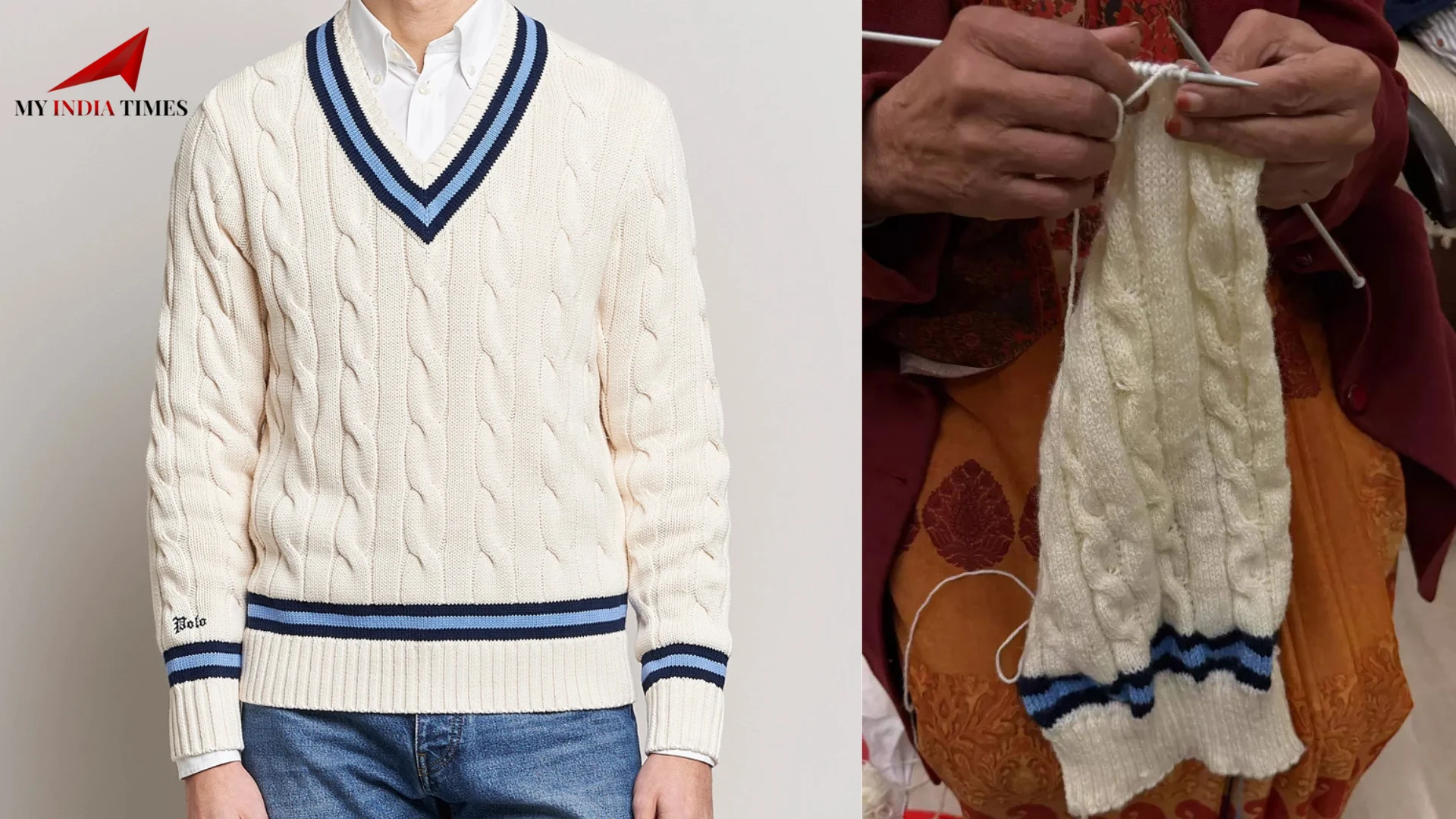









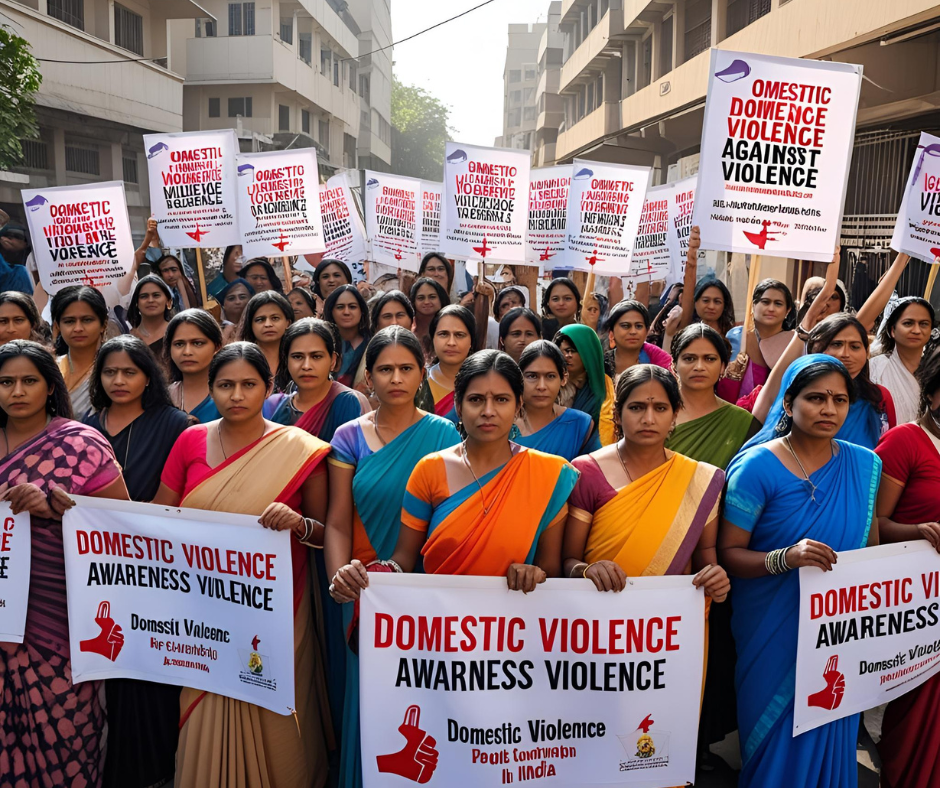































































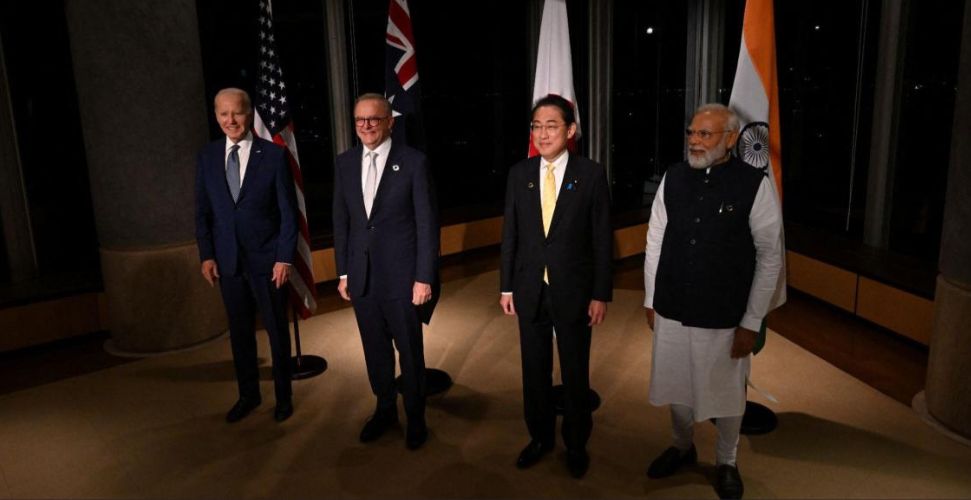
























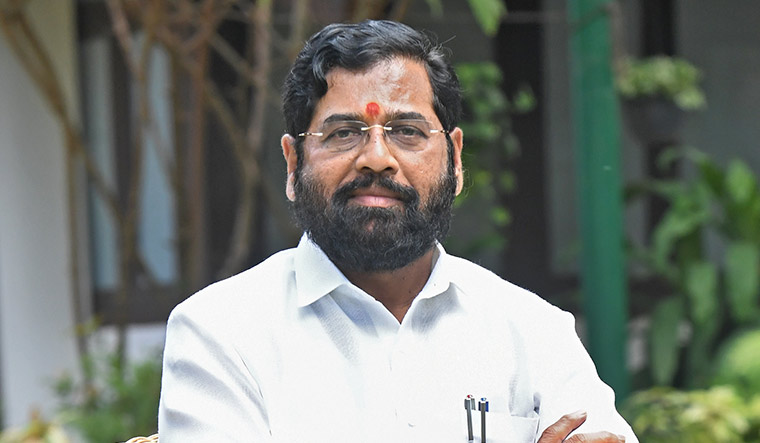
.png)
 (1).png)








